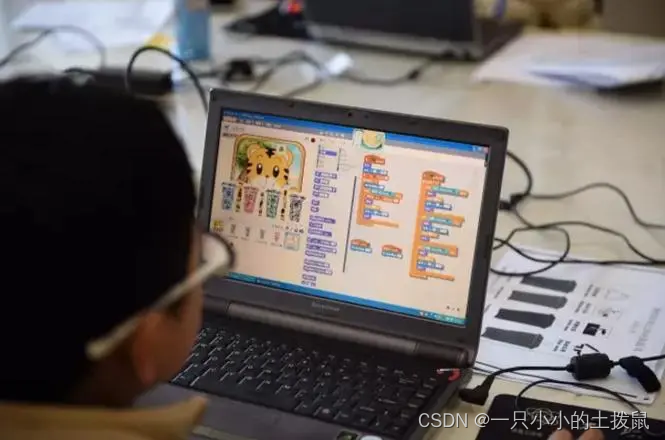
在学习编程的过程中,我会记录下以下内容:
- 常用代码片段:我会记录一些常用的代码片段,例如文件读写、列表操作、字符串处理等。这些代码片段可以在日常编程中快速复用,提高编码效率。
# 文件读取
with open('file.txt', 'r') as f:
content = f.read()
# 列表操作
numbers = [1, 2, 3, 4, 5]
squared_numbers = [x**2 for x in numbers]
# 字符串处理
text = 'Hello, World!'
lowercase_text = text.lower()
- 特定函数和库的使用:对于一些常用的函数和库,我会记录下它们的用法和示例代码。这样在需要使用时,可以快速查阅并理解如何使用。
# 使用NumPy计算数组的平均值
import numpy as np
numbers = [1, 2, 3, 4, 5]
mean = np.mean(numbers)
# 使用Matplotlib绘制折线图
import matplotlib.pyplot as plt
x = [1, 2, 3, 4, 5]
y = [2, 4, 6, 8, 10]
plt.plot(x, y)
plt.show()
- 复杂概念的解释和示例:对于一些复杂的概念,我会记录下它们的解释和示例代码,以便更好地理解和应用。
# 递归函数示例:计算阶乘
def factorial(n):
if n == 0:
return 1
else:
return n * factorial(n-1)
result = factorial(5) # 5的阶乘为120
# 面向对象编程示例:定义一个矩形类
class Rectangle:
def __init__(self, width, height):
self.width = width
self.height = height
def area(self):
return self.width * self.height
rect = Rectangle(4, 5)
print(rect.area()) # 输出20
- 特定功能的实现方法:当我遇到一些特定的功能需求时,我会记录下实现这些功能的方法和技巧,以便日后参考和使用。
# 在列表中查找最大值
numbers = [1, 5, 2, 9, 3]
max_number = max(numbers)
# 判断一个字符串是否为回文串
def is_palindrome(s):
return s == s[::-1]
result = is_palindrome('radar') # 返回True
这些笔记可以以文本文件、Markdown文档或Jupyter Notebook等形式保存。我会按照不同的主题或概念进行分类,方便查阅和复习。同时,我也会不断更新和补充这些笔记,以便记录和学习新的知识。